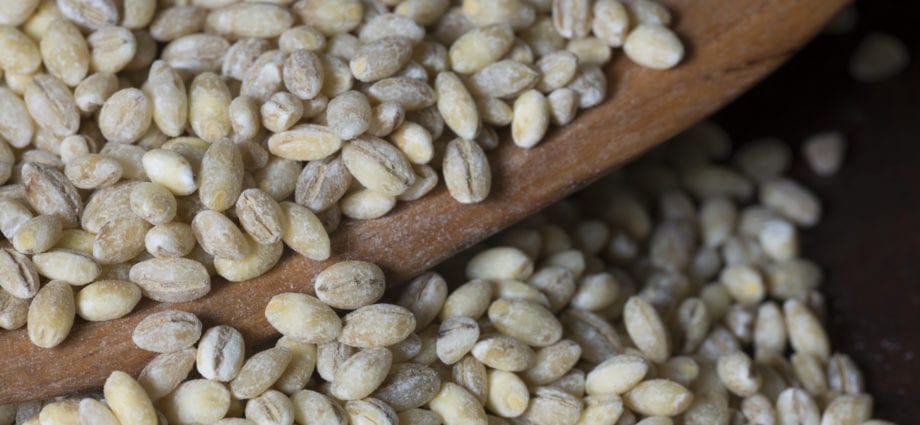Contents
- Description
- Pearl barley history
- Variety of pearl barley: types of cereal product
- Composition and calorie content
- The benefits of pearl barley
- Pearl barley harm
- Application in medicine
- Cooking applications
- The light aroma and mild taste: the taste of barley grits
- How to choose and store
- How to cook barley porridge
- Pickle with pearl barley
Description
Pearl barley is polished small grains of light gray barley with a dark longitudinal stripe. After boiling, the cereal acquires a nutty flavor.
Pearl barley is made from one of the oldest plants cultivated on Earth. There are many reasons to include it in their diet for those who do not have this cereal as the most favorite product. First of all, because of the benefits for the body. Barley contains a lot of iron, protein, and most importantly – fiber, which is useful for digestion.
For maximum health benefits, scientists recommend eating barley every day: cook porridge, soups, and stews with it add to salads, bake bread from barley flour.
Pearl barley history
Pearl barley is the most popular in Russian cuisine. Since the 1930s, it was set to be produced on an industrial scale. We used porridge in public catering: for military personnel, prisoners, schoolchildren, and students.
The product is universal: it is inexpensive and has a long shelf life. Because of this, a stereotype of a low-value product has developed.

Barley is eaten in Russia, Sweden, Finland, Germany, and Britain. Groats are used as a side dish for making cereal sausages, stews, savory puddings, pates, and filling in soups. For example, Italians prepare ordzotto (from the English word – orzotto). This dish is similar to rice risotto.
Several decades ago, manufacturers learned to produce instant steamed barley. The product rating went up immediately.
Variety of pearl barley: types of cereal product
Industrial production of barley is multi-stage processing of barley grain. To completely remove the husk (bran) from the barley and not damage the grain germ, the grains are ground and polished exclusively mechanically at least 6 times.
In European and Asian cuisine, there are hundreds of dishes, for the preparation of which they use barley grain processed according to different technologies. Several types of pearl barley are popular, which differ in the size/shape of the grain and, accordingly, in taste:
- Pearl barley – whole grain of barley cleaned from bran (awn), which is processed only by the pellet method;
- Dutch – groats, which are more thoroughly cleaned of awn. After reusable pelleting, the grain has a thinner skin, which significantly speeds up the cooking process;
- Chopped (finely cut pearl barley) – the grain is crushed into particles of any size. The cut is represented by different fractions, from almost whole grain to fine barley semolina;
- Flakes – a modern instant semi-finished product for creating dietary meals.
Composition and calorie content
The cereal contains 20 amino acids, 8 of which are irreplaceable, a large amount of fiber, mono- and disaccharides, starch, saturated and unsaturated fatty acids, vitamins A, B1, B2, B5, B6, B9, E, PP, mineral elements ( potassium, phosphorus, sodium, copper, sulfur, magnesium, calcium, molybdenum, manganese, chromium, zinc, iron, titanium, cobalt).
- Proteins 2.91 g
- Fat 0.46 g
- Carbohydrates 30.75 g
- Caloric value 129.14 kcal (540 kJ)
The benefits of pearl barley
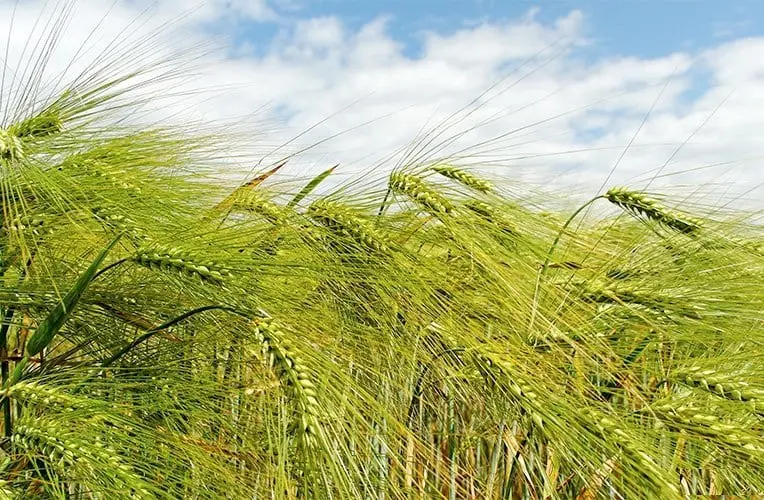
Barley is valuable because it contains fiber and many useful amino acids. For example, lysine produces collagen that is good for the skin.
There are also vitamins of group B, A, D, E, H, PP, and minerals. Potassium is responsible for the heart. Calcium is good for bones, hair, and nails. Pearl barley is rich in zinc, selenium, copper, manganese, iron, iodine, chromium, nickel, and so on.
The product is unique in that it neutralizes allergic reactions or eliminates them. Barley also has antibacterial properties and can remove various types of fungal diseases on the skin.
Pearl barley normalizes stomach function, promotes gentle bowel cleansing, removes toxins and toxins. Suitable for fighting weight, especially useful on fasting days.
Pearl barley harm
One of the disadvantages of barley is that it increases gases. Therefore, cereals are not recommended for people who have diseases of the gastrointestinal tract. And gluten can negatively affect the intrauterine development of the fetus.
Application in medicine
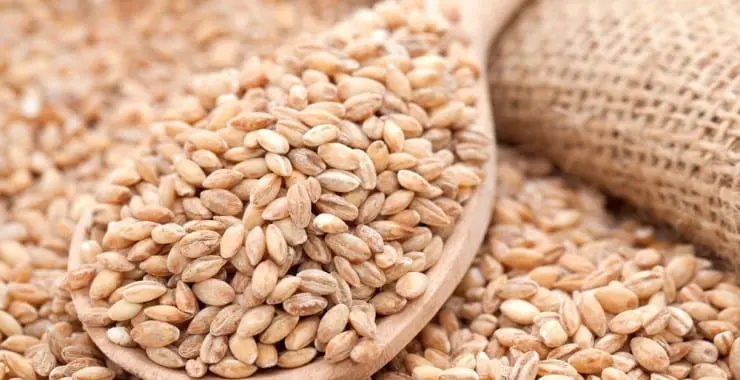
Pearl barley is a very useful cereal, undeservedly forgotten. It contains, like oatmeal, beta-glucans, which lower cholesterol. Therefore, croup is recommended for atherosclerosis. Also, barley is rich in fiber and removes excess cholesterol from the body.
There are also vitamins of groups B, E, D, and P. Unlike other cereals, barley contains lysine, which has anti-inflammatory and antiviral effects. Useful for diseases of the genitourinary and urinary system.
Barley contains complex carbohydrates that support normal energy levels. In summer, it is useful to cook it with vegetables, dried fruits, and it can be added to various broths. If in winter, it can be meat broths.
Cooking applications
Barley goes well with mushrooms, meat, and herbs. Groats are used to make cereals, side dishes, salads, and vegetable stews. The only thing is that it barely takes a long time to cook; it will take about 1.5-2 hours to cook porridge.
The light aroma and mild taste: the taste of barley grits
Barley porridge is a product unique in its taste. The cereal boiled in water has a mild taste that complements the taste of the main course. Correctly prepared barley has a viscous consistency (without washing the finished dish) and has a delicate aroma of ripe nuts and a creamy shade.
The rich but not annoying taste and aroma of barley dishes make it possible to combine cereals with almost all products. Porridge has an excellent taste as an independent dish and is also an ideal side dish/addition to traditional and exotic fruits, vegetables, fatty meat, and noble redfish.
How to choose and store
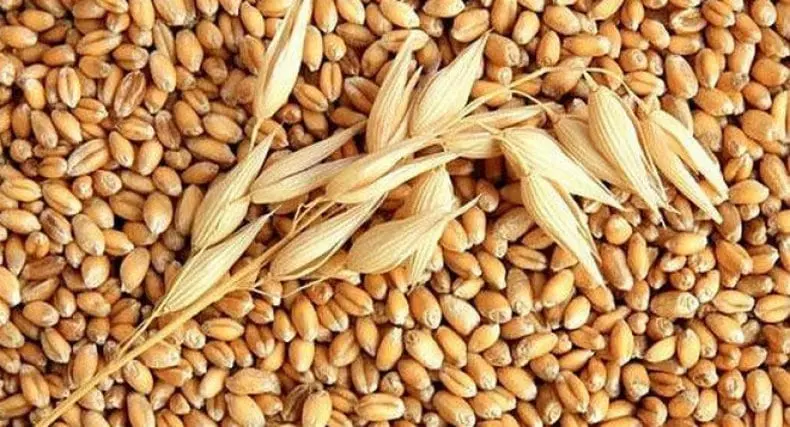
When choosing barley, study its appearance. High-quality groats have a white-yellowish color. In no case should there be dark grains and mold? Also, pay attention that there are no impurities in the grains.
If the porridge has a bitter taste after the purchase and the first preparation, the product is of poor quality. And it’s better to get rid of it.
Storage conditions. Keep barley in a dry, ventilated area. A cardboard box or metal container is suitable for the container: shelf life – up to 10 months.
How to cook barley porridge
Time for preparing:
more than 3 hours
Ingredients:
1 glass of cereal
3 glasses of water
Cooking method:
- Sort the groats, wash, and add water for several hours.
- Drain, rinse, and place in a cooking container.
- Add water at the rate – 1 glass of cereal to 3 glasses of water.
- Place on medium heat and cook for about 50 minutes.
- Be sure to try when the pearl barley becomes soft – it’s done.
Pickle with pearl barley
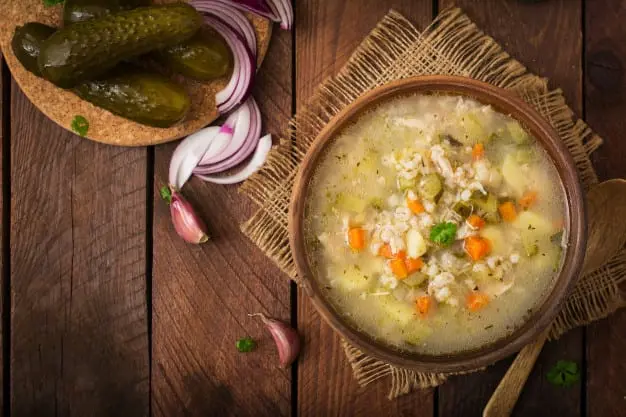

The first-course option for a family meal. The soup turns out to be not only tasty but healthy and satisfying. At the same time, it is low-calorie. You can serve with sour cream and vegetable snacks.
- Rabbit – half carcass
- Pearl barley – 0.5 cups
- Water – 3 liters
- Potatoes – 4 pieces
- Carrots – 130 grams
- Onions – 1 piece
- Cucumbers (pickled) – 130 grams
- Vegetable oil – 2 tablespoons
- Salt and spices to taste
Make rabbit broth. While it is cooking, soak the barley (30 minutes) in water. Then add it to the broth, and, on the contrary, remove the meat. Place the chopped potatoes in the soup. Make a stir-fry with onions, carrots, and cucumbers. When the potatoes are tender, add the stir-fry, chopped meat, salt, and seasonings to the soup.










